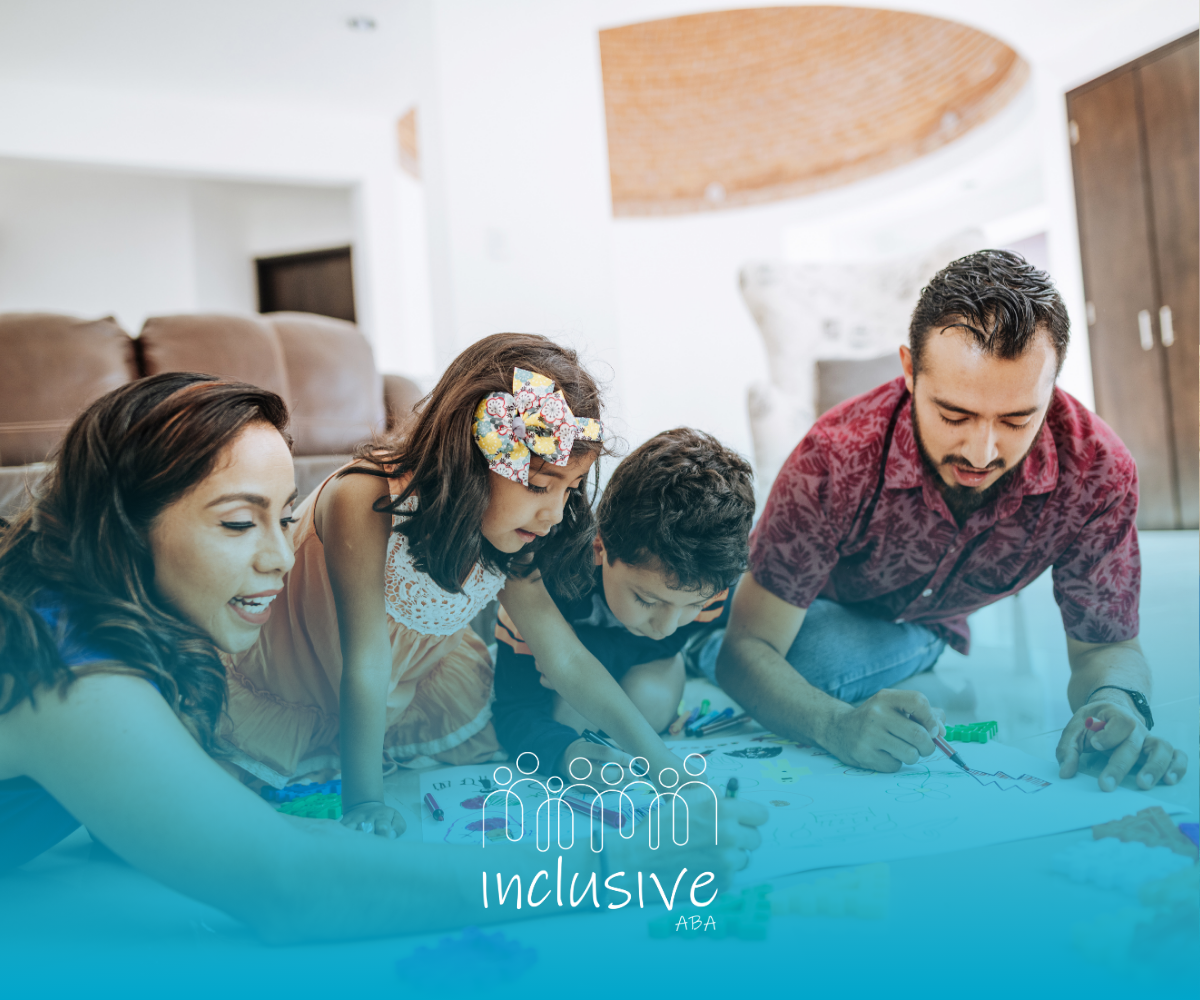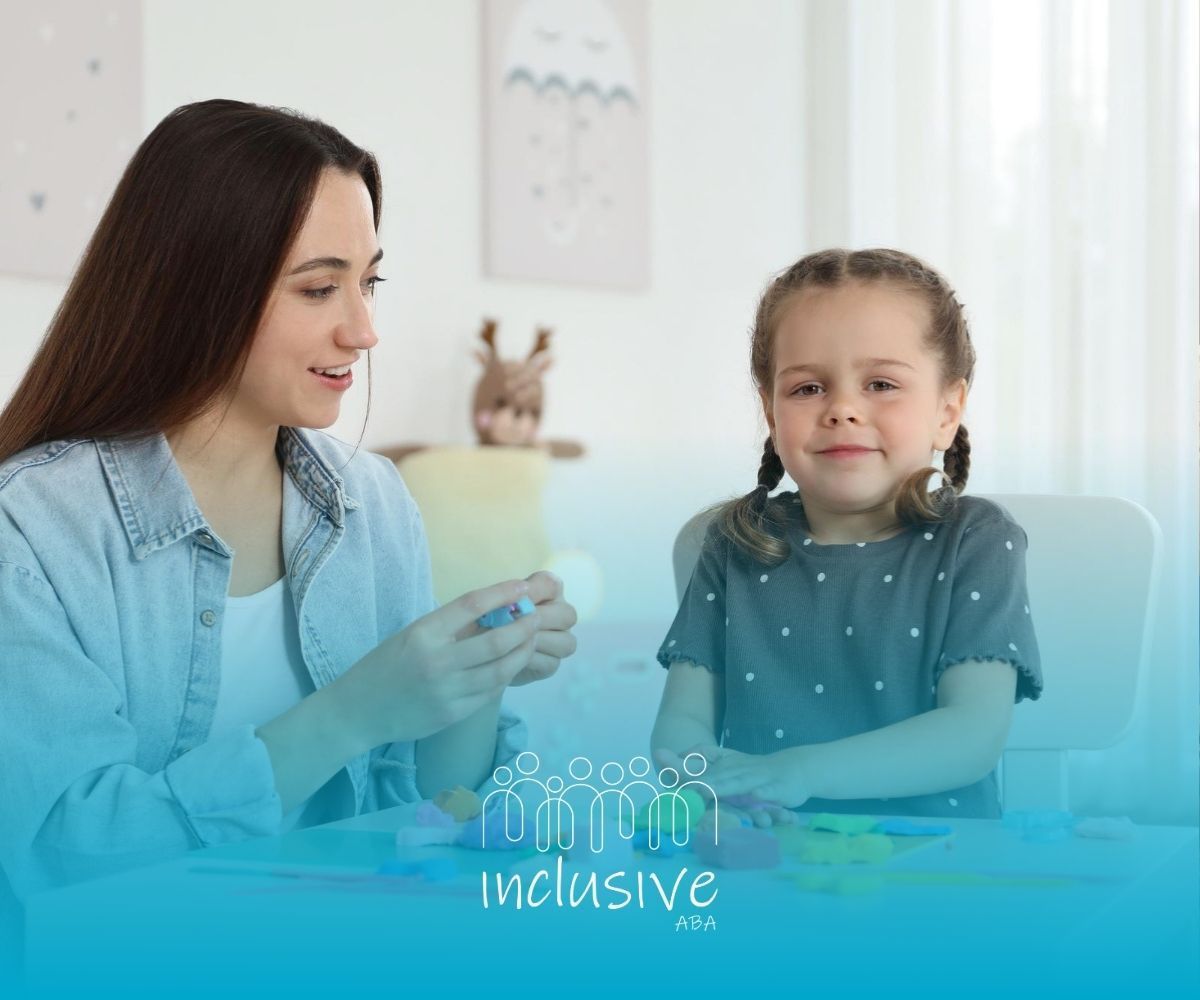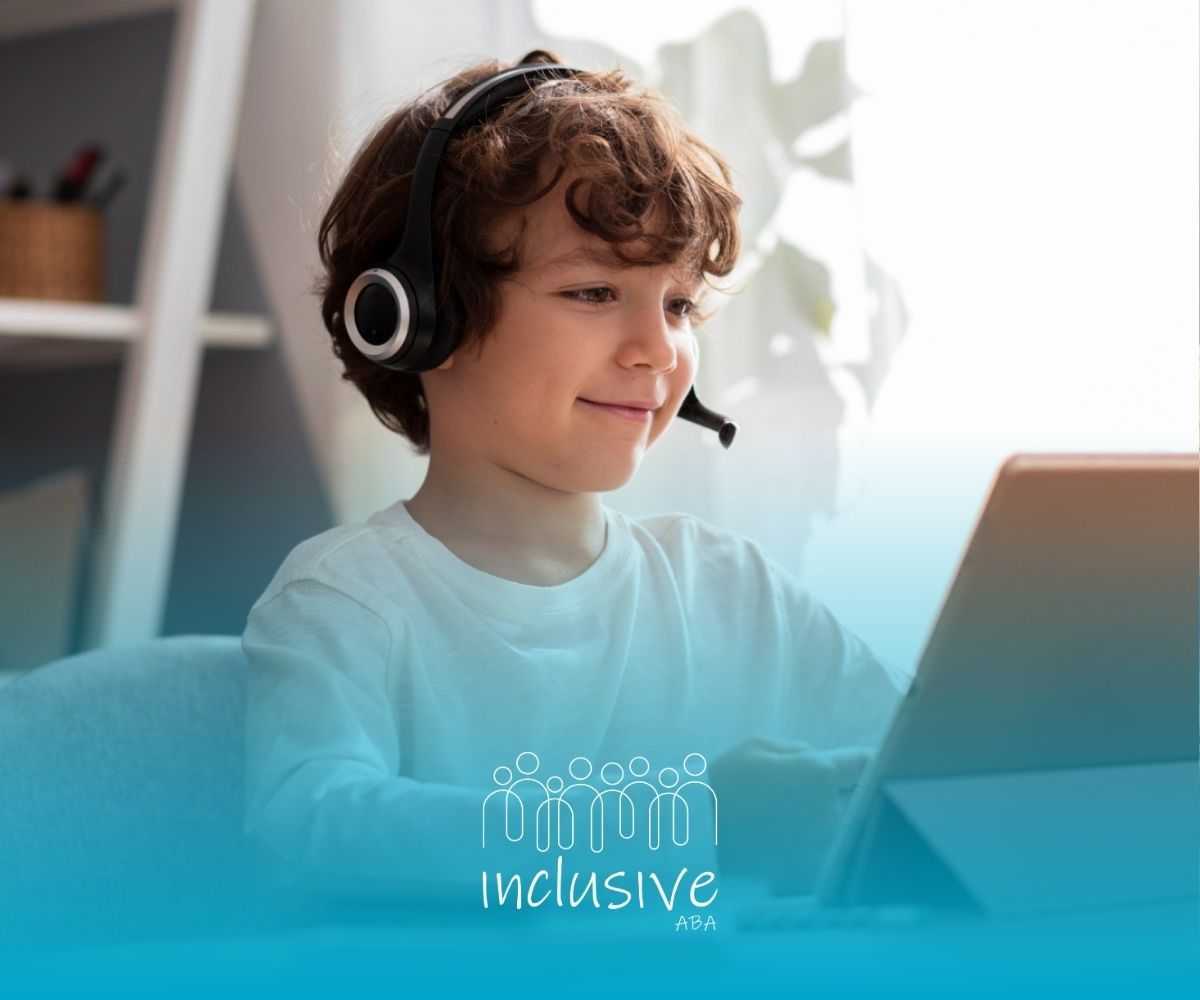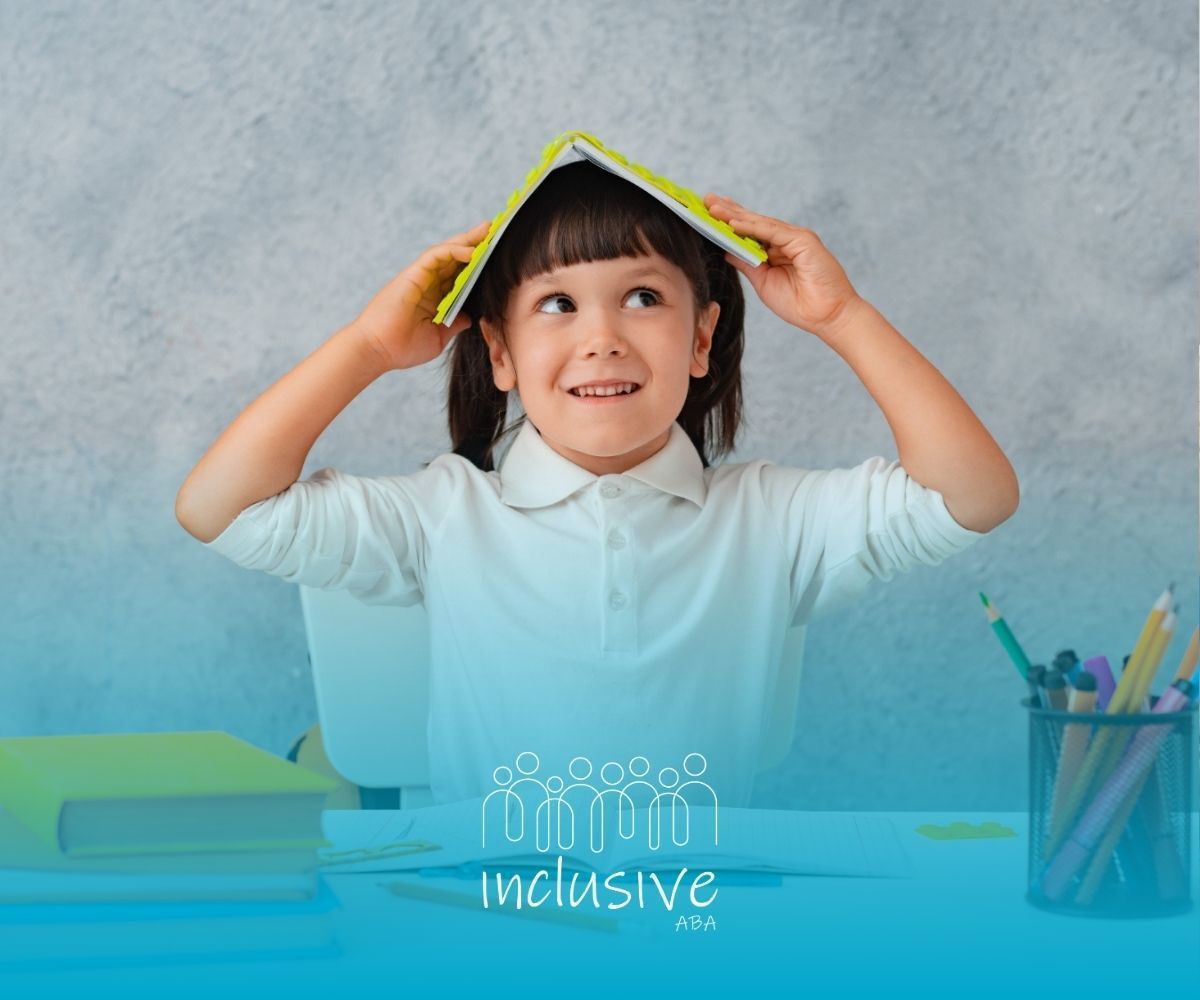
Training Kids with Autism to Sleep Alone: Effective Tips
Training Kids with Autism to Sleep Alone
Sleep is essential for every child’s development, but for many children with autism, bedtime can be a struggle. Whether it’s difficulty falling asleep, staying asleep, or transitioning to sleeping alone, these challenges can be frustrating for both parents and children. Fortunately, with the right strategies and consistent efforts, training kids with autism to sleep alone is achievable.
In this comprehensive guide, we will discuss practical tips, strategies, and insights into how to help your child with autism learn to sleep alone. From understanding the unique sleep issues children with autism face to creating a calming bedtime routine and offering positive reinforcement, we will walk you through the steps to make this milestone easier for both you and your child.
Why Do Children with Autism Struggle with Sleep?
Before we dive into strategies for training children with autism to sleep alone, it’s important to understand why they often face difficulties with sleep. Children on the autism spectrum may have heightened sensory sensitivities, which can make it harder for them to fall asleep and stay asleep. The following factors may contribute to sleep struggles in children with autism:
1. Sensory Sensitivities
Many children with autism have sensitivities to light, sound, textures, and even temperature. These sensitivities can make it difficult for them to feel comfortable and relaxed enough to sleep alone.
2. Difficulty with Transitions
Autistic children often find transitions challenging, whether it's transitioning from playtime to bedtime or moving from one environment to another. The shift from sleeping with a parent to sleeping alone can be particularly stressful and confusing for some children.
3. Anxiety and Emotional Regulation
Anxiety is common in children with autism, and the nighttime can sometimes feel more overwhelming when they are alone. Without the comfort of a parent nearby, feelings of anxiety may increase, leading to difficulty falling or staying asleep.
4. Irregular Sleep Patterns
Children with autism are more likely to have irregular sleep patterns, including difficulty staying asleep throughout the night or waking up too early. These patterns can contribute to behavioral issues and difficulties during the day.
5. Need for Routine
Children with autism thrive on routine and predictability. Any disruption to their usual bedtime routine can lead to resistance and behavioral issues. They may be hesitant to sleep alone if it deviates from their established patterns.
Understanding these challenges is key to creating an environment and a plan that will help your child adjust to sleeping alone.
Tips and Strategies for Training Kids with Autism to Sleep Alone
The goal of helping your child sleep alone is not only to improve their sleep quality but also to promote their independence and self-regulation. Here are some effective strategies that can help:
1. Create a Calming Bedtime Routine
A consistent and calming bedtime routine is critical for children with autism. Establish a predictable sequence of activities that helps your child wind down. This could include:
- A warm bath or shower
- Reading a calming story
- Listening to soft music or white noise
- Engaging in quiet activities, such as coloring or playing with soft toys
By offering a structured bedtime routine, you signal to your child that it’s time to relax and prepare for sleep.
2. Use Visual Schedules and Timers
Children with autism often respond well to visual schedules that break down activities into steps. A visual bedtime schedule can help your child understand what to expect and when. For example, a chart could include pictures of brushing teeth, getting into pajamas, and climbing into bed. Using a timer to indicate when it’s time to sleep can also be helpful for children who struggle with the abstract concept of time.
3. Gradual Transition to Sleeping Alone
A gradual approach works best when teaching a child with autism to sleep alone. Rather than expecting your child to suddenly sleep by themselves, consider using a step-by-step process to reduce their reliance on you at night:
- Step 1: Start by sitting next to their bed until they fall asleep.
- Step 2: Gradually move further away from their bed over time, such as sitting near the door or standing in the hallway.
- Step 3: Slowly reduce your involvement, eventually leaving the room while your child is still awake, allowing them to fall asleep independently.
This gradual fading technique can help your child adjust to sleeping alone without overwhelming them.
4. Use Positive Reinforcement
Positive reinforcement is a powerful tool when training children with autism to sleep alone. Reward your child for making progress, whether it’s falling asleep by themselves or staying in their bed through the night. Reinforcement could be in the form of:
- Verbal praise
- Stickers or tokens that lead to a reward
- A favorite activity or toy as a reward for successful nights
Reinforcing positive behaviors can help your child feel motivated and understand that sleeping alone is a desirable behavior.
5. Address Nighttime Fears
Nighttime fears are common among children with autism, and they may feel scared when alone in the dark. You can address these fears by:
- Using a nightlight: A soft light can ease anxiety about the dark.
- Providing comfort objects: A favorite stuffed animal or blanket can offer security and reassurance.
- Offering a sensory-friendly space: Ensure that your child’s bedroom is free of overwhelming stimuli and has calming sensory features.
Helping your child feel secure and supported in their environment is key to overcoming nighttime anxiety.
6. Maintain Consistency
Consistency is crucial when helping your child learn to sleep alone. Stick to the same bedtime routine, sleep environment, and transition strategies every night. This consistency will help your child understand what to expect and feel more comfortable in their sleeping arrangements.
7. Create a Comfortable Sleep Environment
The physical environment where your child sleeps can significantly impact their ability to sleep alone. Consider these factors:
- Temperature: Ensure the room is at a comfortable temperature for sleeping.
- Sound: Use white noise machines or calming music to drown out disturbing sounds.
- Bedding: Opt for soft, sensory-friendly bedding that your child enjoys.
By creating a sensory-friendly and comfortable sleep environment, you are helping your child associate their bedroom with relaxation and safety.
Troubleshooting Common Issues
Despite your best efforts, your child may experience setbacks or challenges along the way. Here are a few common issues parents face when training kids with autism to sleep alone and how to address them:
1. Nighttime Awakenings
If your child wakes up during the night and struggles to fall back asleep, try to avoid immediately rushing in. Instead, give them time to self-soothe. You can also use positive reinforcement when they successfully return to sleep independently.
2. Prolonged Bedtime Resistance
If your child consistently resists going to bed, try to make the transition to bedtime more enjoyable. You can introduce new, fun elements to the bedtime routine, like incorporating their favorite book or a fun reward system. Patience and consistency are key.
3. Sleep Associations
If your child is used to being rocked or held until they fall asleep, it’s important to gradually shift this association. Use the gradual fading technique mentioned earlier to help your child learn to fall asleep independently without needing you present.
Conclusion
At Inclusive ABA, we understand the challenges parents face when helping children with autism sleep alone. If you're struggling with this milestone, our team is here to provide guidance and support through behavioral strategies, therapy, and other personalized approaches to help your child reach their full potential.
Frequently Asked Questions
How long does it take for a child with autism to sleep alone?
The time it takes for a child with autism to learn to sleep alone can vary. It may take anywhere from a few weeks to a few months, depending on the child’s temperament and consistency of the approach.
What can I do if my child wakes up in the middle of the night?
If your child wakes up during the night, give them time to self-soothe before intervening. If they continue to have difficulty, use a calming technique like offering comfort objects or a nightlight. Gradually reduce your involvement over time.
Should I consult a specialist if my child has difficulty sleeping alone?
If your child continues to struggle with sleep despite consistent efforts, consider consulting a healthcare provider or behavioral therapist for additional guidance and support.
Resources:
- https://www.autism.org.uk/advice-and-guidance/topics/sensory-differences/sensory-differences/all-audiences
- https://www.autismspeaks.org/expert-opinion/managing-anxiety-children-autism
- http://www.allstaraba.org
- http://www.autism-help.org/behavior-positive-reinforcement-autism.htm
- https://www.autism.org.uk/advice-and-guidance/topics/physical-health/sleep
Looking for Expert Help? We're Here for You!
Our compassionate and skilled team is devoted to enhancing your child's development through customized ABA therapy. Let us partner with you to create a supportive environment for your child's success.
Discover how we can help your family thrive with expert ABA therapy.
Send a Fax
303-616-1189
Mon-Fri: 9Am to 5.30 Pm
Sat- Sun: Closed












